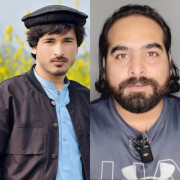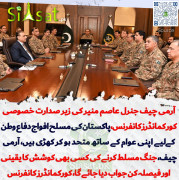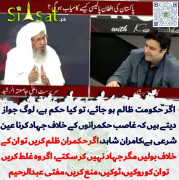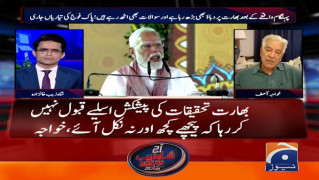Geek
Chief Minister (5k+ posts)
White House officials now believe that Pakistan's spy agency ordered the killing of Pakistani investigative journalist Saleem Shahzad, confirming a Guardian allegation made three weeks ago.
Shahzad, a contributor to Asia Times Online, had written scathing reports about the infiltration of militants into Pakistan's military.
Classified intelligence obtained both before the disappearance of 40-year-old Shahzad on 29 May and after the discovery of his body showed that senior officials of the Directorate for Inter-Services Intelligence (ISI) directed the attack.
It was done in order to silence criticism, two senior administration officials admitted when asked specifically about the existence of the intelligence.
A third senior US official said there was enough other intelligence and indicators immediately after Shahzad's death to conclude that the ISI had ordered the killing.
"Every indication is that this was a deliberate, targeted killing that was most likely meant to send shock waves through Pakistan's journalist community and civil society," said the official.
Shahzad was the 37th journalist killed in Pakistan since the 9/11 attacks, according to the Committee to Protect Journalists.
Shahzad, whose waterlogged body was retrieved from a canal 60 miles from Islamabad, suffered 17 lacerated wounds delivered by a blunt instrument, a ruptured liver and two broken ribs.
The anger over his death followed unprecedented questioning in the media about the professionalism of the army and the ISI in the aftermath of the US raid that led to the killing of Osama Bin Laden.
Shahzad wrote articles that illuminated the relationship between the militants and the military.
Source: New York Times
http://www.guardian.co.uk/media/greenslade/2011/jul/05/journalist-safety-pakistan
Shahzad, a contributor to Asia Times Online, had written scathing reports about the infiltration of militants into Pakistan's military.
Classified intelligence obtained both before the disappearance of 40-year-old Shahzad on 29 May and after the discovery of his body showed that senior officials of the Directorate for Inter-Services Intelligence (ISI) directed the attack.
It was done in order to silence criticism, two senior administration officials admitted when asked specifically about the existence of the intelligence.
A third senior US official said there was enough other intelligence and indicators immediately after Shahzad's death to conclude that the ISI had ordered the killing.
"Every indication is that this was a deliberate, targeted killing that was most likely meant to send shock waves through Pakistan's journalist community and civil society," said the official.
Shahzad was the 37th journalist killed in Pakistan since the 9/11 attacks, according to the Committee to Protect Journalists.
Shahzad, whose waterlogged body was retrieved from a canal 60 miles from Islamabad, suffered 17 lacerated wounds delivered by a blunt instrument, a ruptured liver and two broken ribs.
The anger over his death followed unprecedented questioning in the media about the professionalism of the army and the ISI in the aftermath of the US raid that led to the killing of Osama Bin Laden.
Shahzad wrote articles that illuminated the relationship between the militants and the military.
Source: New York Times
http://www.guardian.co.uk/media/greenslade/2011/jul/05/journalist-safety-pakistan

























